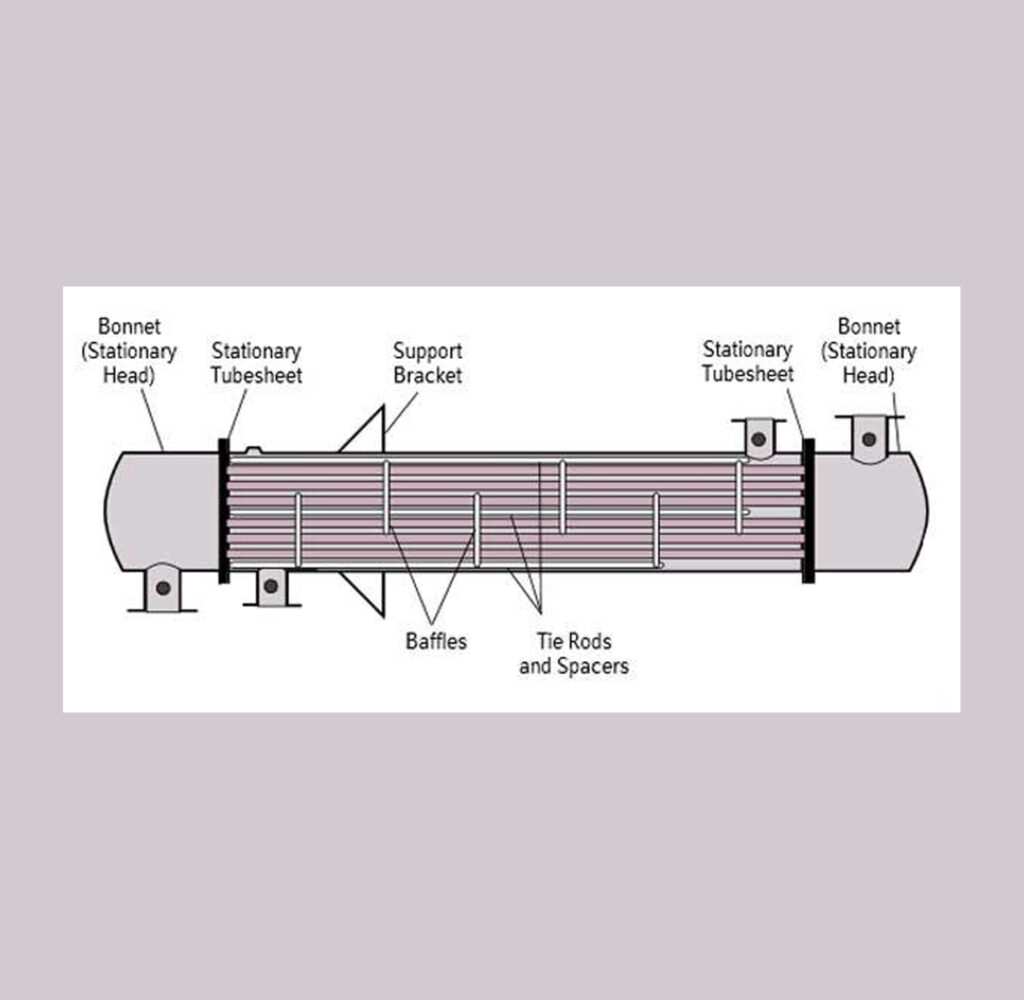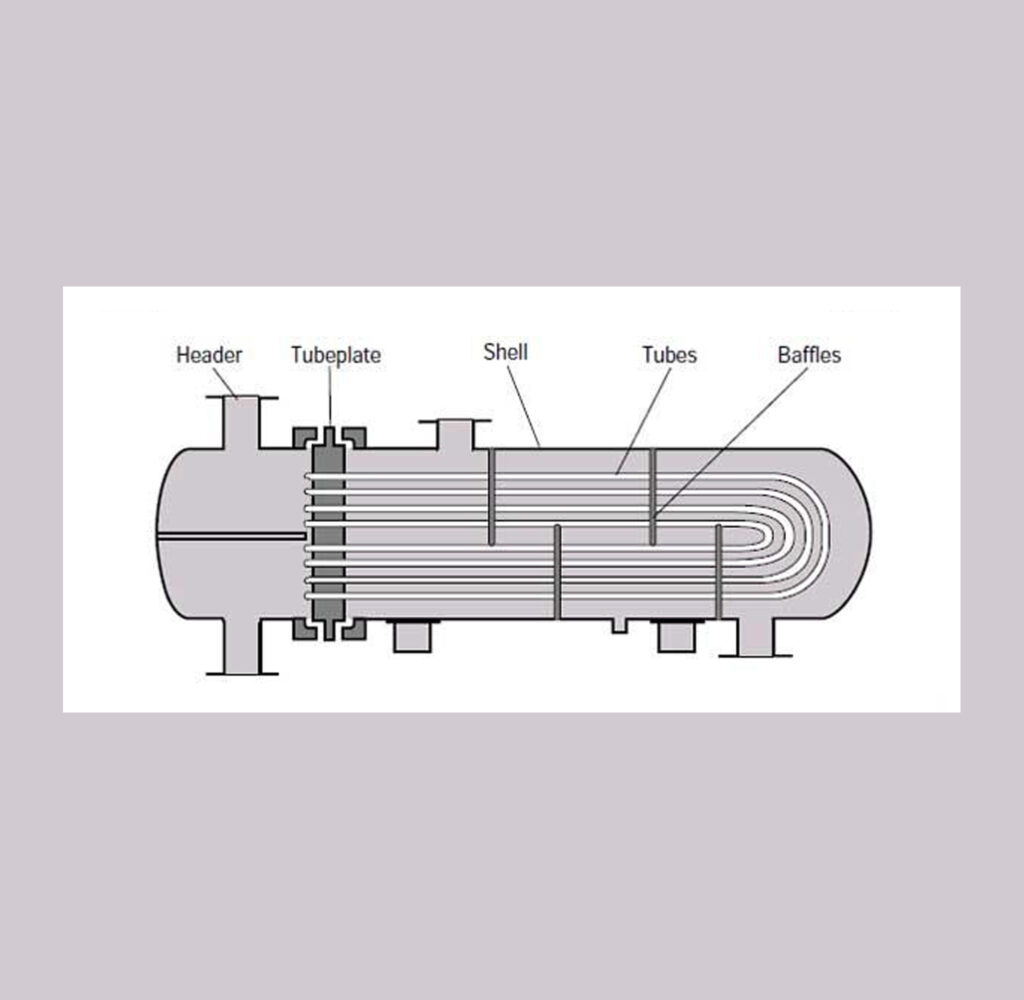×
☰
- Products
- Industries & Clients We Serve
- Chemical
Clients We Serve




- Fine Chemical
Clients We Serve




- Petrochemical
Clients We Serve




- Pharmaceutical
Clients We Serve




- Food & Beverage
Clients We Serve




- Defense
Clients We Serve




- Power Generation
Clients We Serve




- Other
Clients We Serve




- Chemical
- What We Offer
- Company









